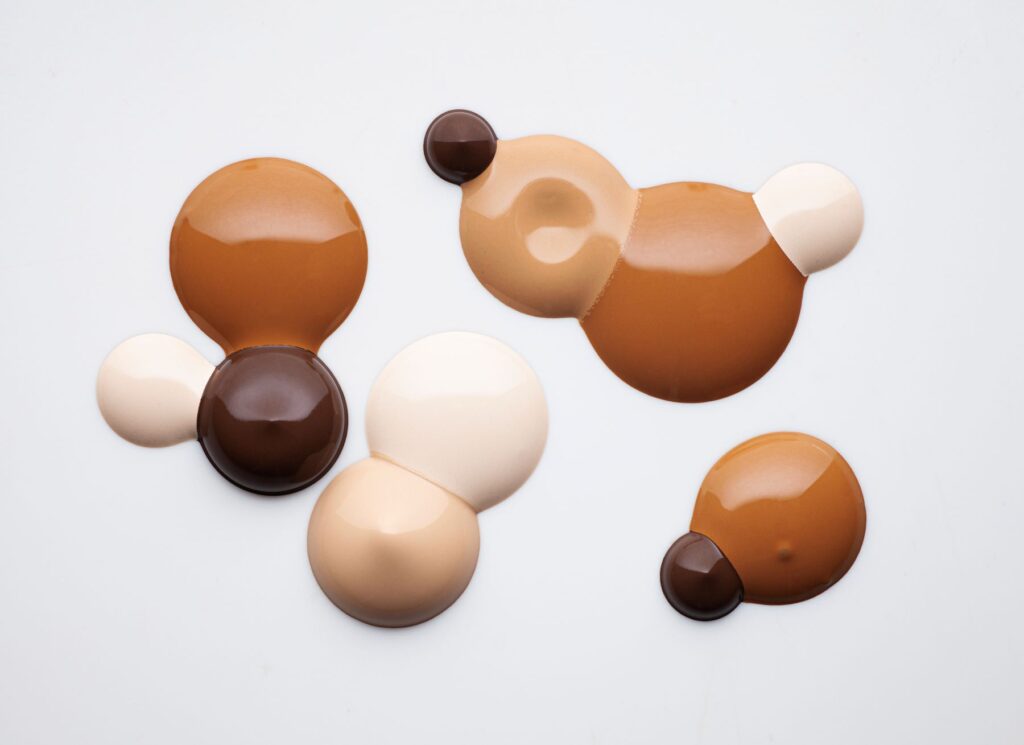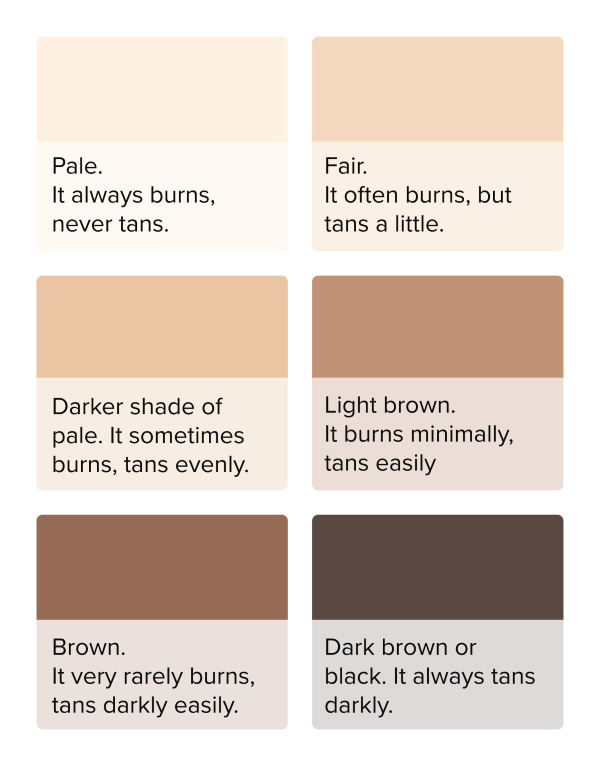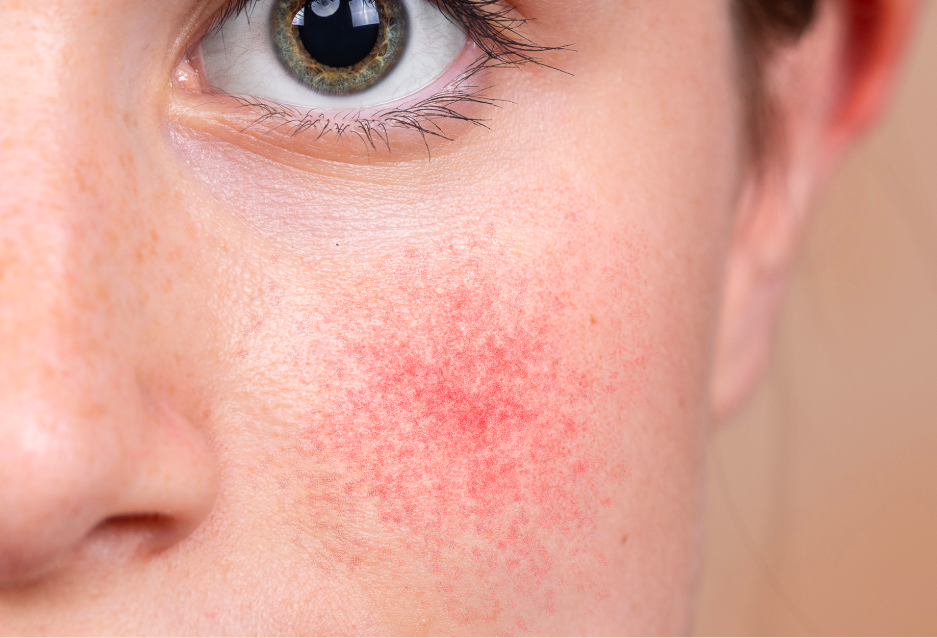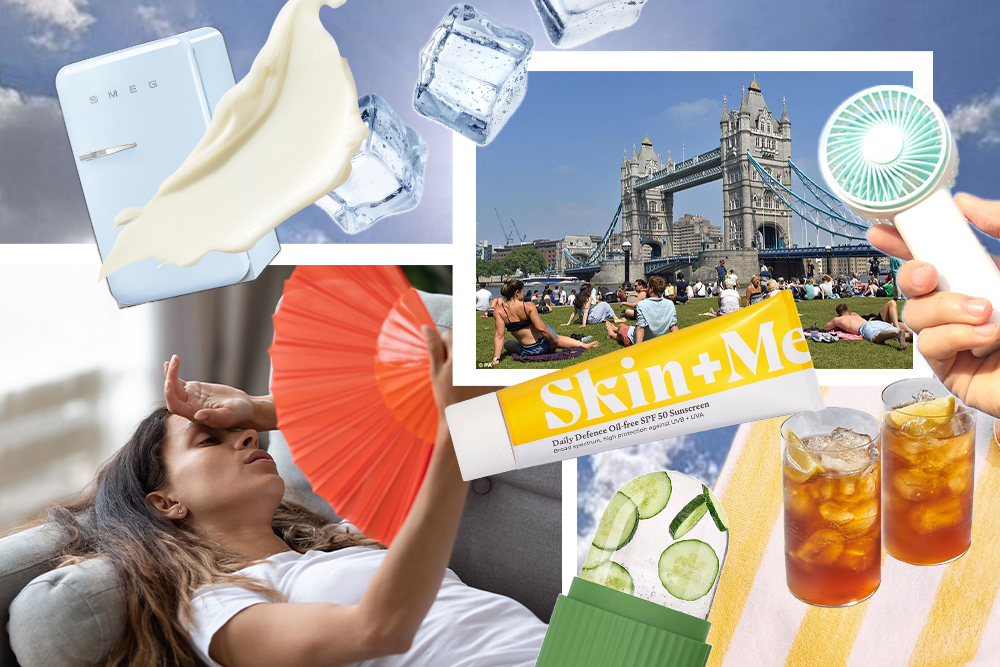Rosacea Awareness Month: Five Things to Know About Rosacea

Link to share article here:
What Is The Fitzpatrick Scale?
Most of us know our own skin pretty well. You’re probably familiar with your skin type – dry, oily, balanced or combination. You also probably know what you’d like to improve about it – whether you want to target acne, soothe rosacea, even out hyperpigmentation or reduce fine lines. But do you know where your skin sits on the Fitzpatrick Scale?
If you’re a Skin + Me member, you might remember this image from the sign-up consultation, where you were asked to pick which skin most resembles yours. This is the Fitzpatrick Scale, a method used by dermatologists to learn more about your skin, the pigment within it and how it reacts to the sun’s rays.

The history of the Fitzpatrick Scale
The Fitzpatrick Scale was created in 1972 by American dermatologist, Thomas B Fitzpatrick. He was the Chairman of the Department of Dermatology at Harvard Medical School, and is widely considered to have been one of the world’s leading dermatologists.
Fitzpatrick didn’t only create the Fitzpatrick Scale – his influence on the medical community is still felt today. He is considered a pioneer in the field for his research into the effects of UV rays on melanin (the substance that gives your body pigment), and for promoting the importance of sunscreens. He also worked on treatments for psoriasis that are used around the world, defined early symptoms of melanoma (malignant skin cancer) and published a landmark medical textbook that was greatly influential in dermatology.
What are the Fitzpatrick Skin Types?
There are six different skin types according to the Fitzpatrick Scale. The scale focuses not only on how the skin looks, but also how it reacts when exposed to the sun.
Fitzpatrick Skin Type 1
Fitzpatrick Skin Type 1 is the palest shade. People with this skin type burn in the sun but do not tan – their skin is also likely to freckle. Many of them also have blue eyes and blonde or red hair.
Fitzpatrick Skin Type 2
People with Fitzpatrick Skin Type 2 have light skin that burns quite easily. They might be left with a slight tan after their sunburn has subsided, but their skin doesn’t tend to tan without burning first.
Fitzpatrick Skin Type 3
Those who sit on the third level of the Fitzpatrick scale will find that their skin tans easily but can also burn. Many people who describe their skin as “olive” will fit into this category.
Fitzpatrick Skin Type 4
Fitzpatrick Skin Type 4 is slightly darker than Type 3. People with this skin type will also occasionally burn, depending on how long they are in the sun for, but tan easily.
Fitzpatrick Skin Type 5
People who have Skin Type 5 very rarely burn, and their skin will develop a deep tan when exposed to sunlight.
Fitzpatrick Skin Type 6
This is the deepest Skin Type. It may become darker in the sun, but it never burns. People with Fitzpatrick Skin Types 4-6 tend to have darker hair and eyes too.
What is the Fitzpatrick Scale used for?
The Fitzpatrick Scale is used by dermatologists to learn more about their patients’ skin and determine how to treat it. It is a more objective way of grouping skin types than race or ethnicity, as the skin found within these groups can vary greatly. By considering the amount of pigment in the skin and how it reacts to the sun, dermatologists can gain a more accurate understanding of your skin.
The Fitzpatrick Scale can be helpful in assessing the risk of skin cancer. Skin that’s lower on the Fitzpatrick Scale carries a higher risk of melanoma, but melanoma tends to be underdiagnosed amongst people whose skin is higher on the scale. So, it’s really important that you wear a broad-spectrum sunscreen every day, regardless of where you are on the Fitzpatrick Scale.
Professionals can also use the Fitzpatrick Scale to determine which laser treatments are most appropriate for your skin. The higher your skin is on the scale, the more careful your dermatologist will be when it comes to the intensity of laser treatments, to minimise damage.
The Fitzpatrick Scale also correlates with hyperpigmentation. Skin that sits lower on the scale is more likely to experience sun-spots, while individuals with deeper skin types are more prone to post-inflammatory hyperpigmentation or scarring.
Because it is a scale, you might find that you are in-between two different Fitzpatrick Skin Types – this is very normal, and it is still a helpful way to analyse your skin.
The bottom line
Knowing your Fitzpatrick skin type can help you to understand more about your skin, how it reacts to the sun and the risks you should be aware of.
However, no matter where your skin sits on the Fitzpatrick Scale, you should wear sunscreen every single day – no matter the weather. A broad-spectrum sunscreen will protect you from both UVA rays (which are the main culprit when it comes to the early signs of skin ageing), and UVB rays (which can cause skin cancer).
If you’re in need of a new one, the new broad spectrum sunscreen from Skin + Me, Daily Defence, has a sun protection factor of 50. It’s also oil-free and dries down clear within seconds – so, no matter which Fitzpatrick Skin Type you have, you can enjoy excellent protection from sun damage.
New to Skin + Me? Get your first month of personalised skincare for £4.99 with promo code DOSE – complete our quick consultation here.
Looking for a routine refresh? Add the Dream Routine to your Skin + Me subscription.
In need of a restock? Head to The Skincare Shop for one-off purchases of your Routine Essentials.



